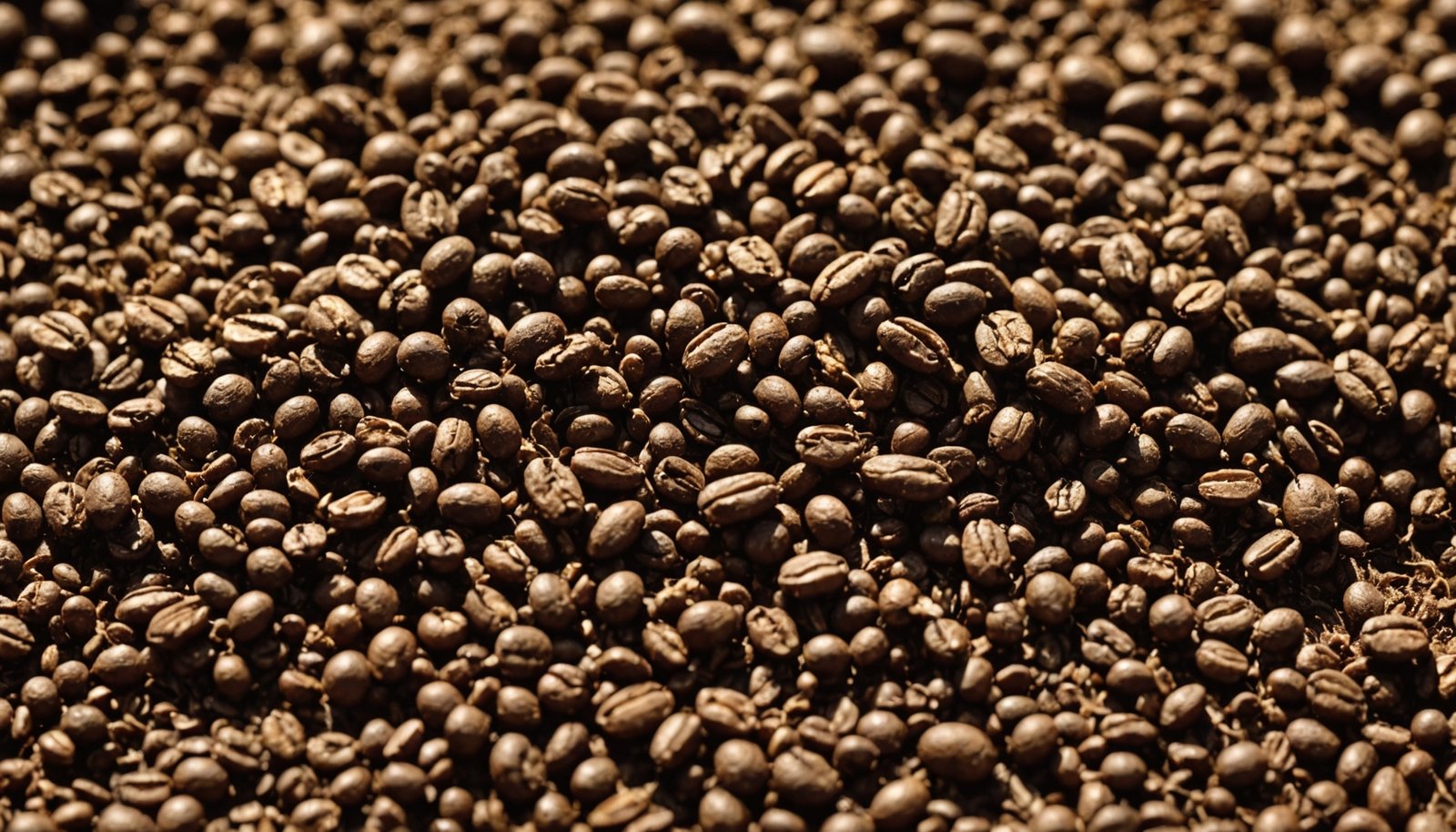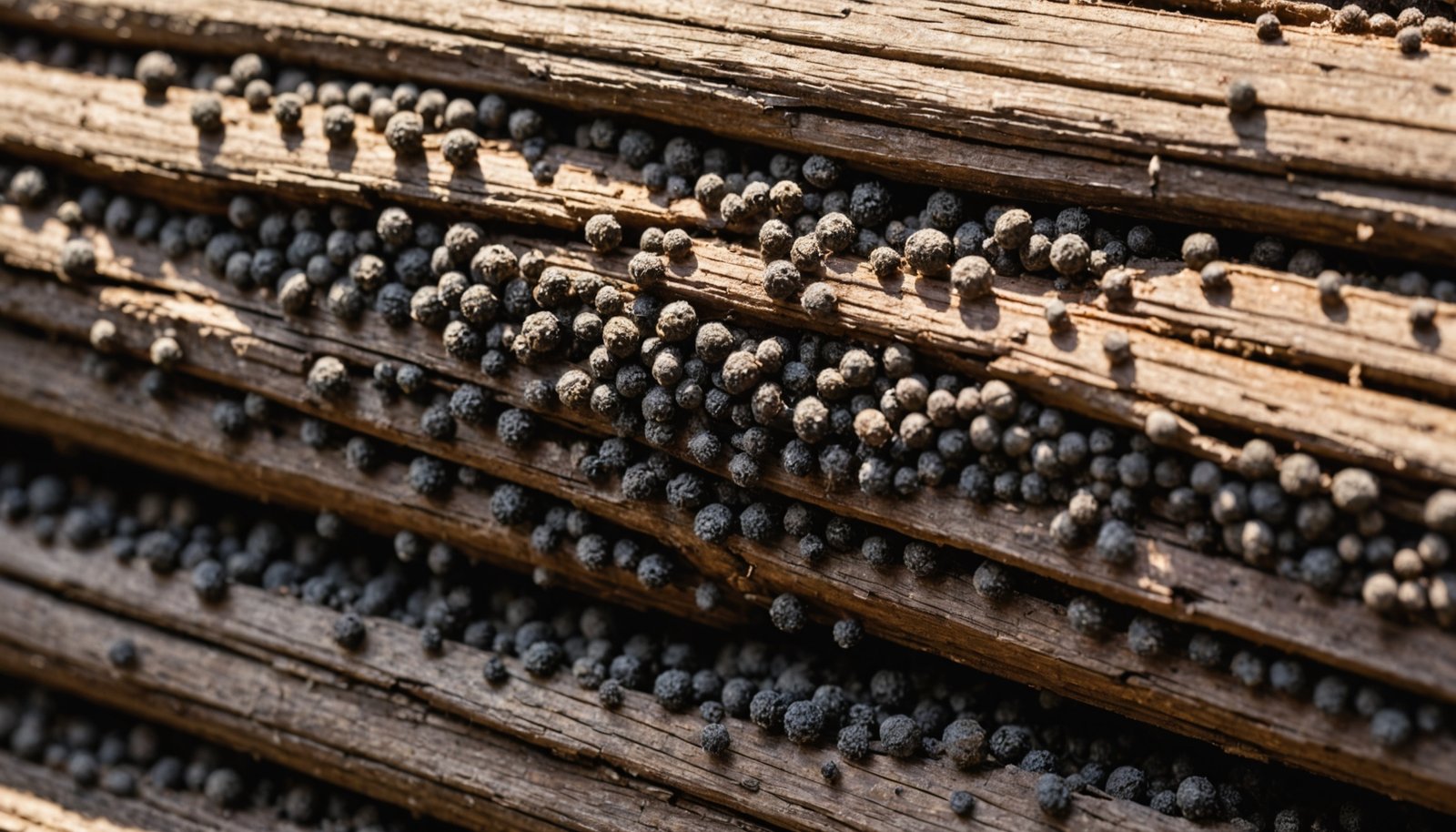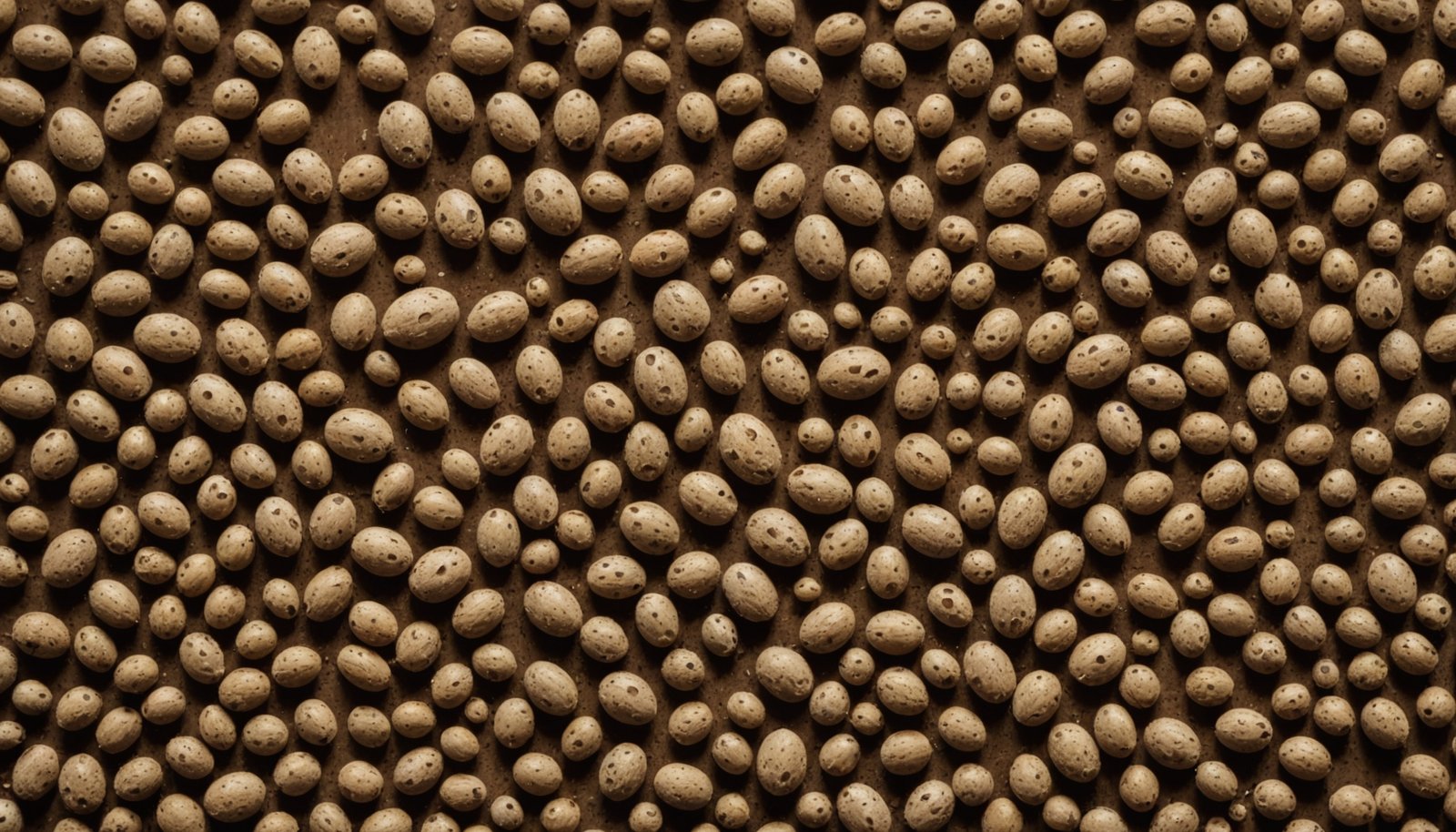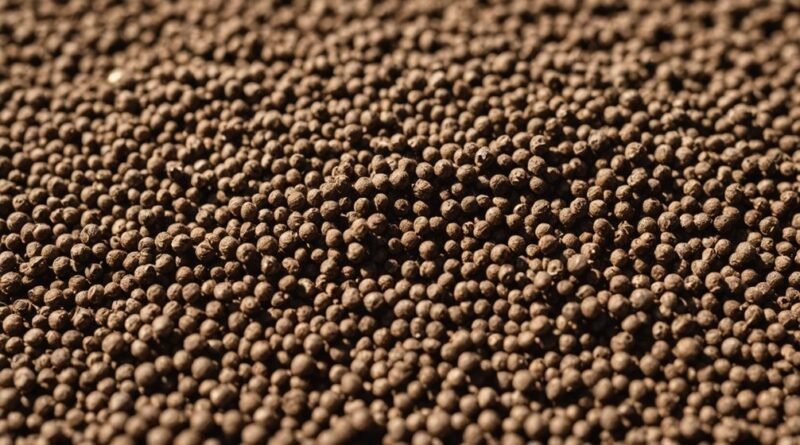Termite Droppings: What They Look Like and Why They Matter
If you’ve spotted small pellets about 1mm long with six concave sides, you’re likely dealing with termite droppings. These frass deposits appear as tiny piles resembling salt or pepper, ranging from light beige to black depending on the wood being eaten. While drywood termites leave oval pellets, subterranean species mix waste into mud tubes. Fresh droppings signal active infestations requiring immediate action – and knowing the key differences can help protect your home.
Key Takeaways
- Termite droppings appear as tiny pellets (1mm long) with six concave sides and rounded ends, ranging from light beige to black.
- Fresh droppings indicate active infestations, while aged, compacted frass suggests inactive colonies requiring different treatment approaches.
- Different termite species produce distinct droppings: drywood creates uniform pellets, subterranean uses mud tubes, and dampwood leaves larger particles.
- Common locations include floorboards, windowsills, baseboards, and wooden beams, often appearing as small piles resembling salt or pepper.
- Discovering termite droppings signals potential structural damage and health risks, requiring immediate professional inspection and treatment.
Understanding the Appearance of Termite Frass

Detective work in termite control often starts with identifying their droppings, known as frass.
You’ll notice these tiny pellets measure about 1 millimeter in length, featuring six concave sides and rounded ends that give them a distinct shape. The color of termite droppings can range from light beige to black, depending on the wood they’ve consumed, and they often resemble small piles of salt or pepper.
When you’re examining potential termite activity, look for frass near kick-out holes, where these pests dispose of their waste.
Unlike carpenter ant droppings that contain various debris, termite droppings are uniform and consist mainly of digested wood.
Finding these telltale signs of active infestation means you should schedule an immediate inspection to prevent structural damage.
Common Locations Where Droppings Are Found

When searching for signs of termite activity, you’ll typically find droppings in key structural areas of your home where these pests feed and nest. Termite droppings are one of the most common signs of an infestation, and knowing where to look can help you spot problems early.
Look for these telltale locations:
- Between floorboards, under carpets, and along wooden beams, where termites actively feed and create kick-out holes.
- Crawlspaces, attics, and basements, particularly near wooden structures and support beams.
- Windowsills, baseboards, and outdoor areas like wooden porches and deck surfaces.
Pay special attention if you spot discarded wings alongside the droppings, as this indicates recent swarming termite activity and a possible colony nearby.
Regular inspection of these areas can help you detect an infestation before it becomes severe.
Types of Termite Droppings by Species

You’ll notice distinct differences in droppings between termite species, with drywood termites leaving uniform oval pellets about 1mm long with six concave sides, often resembling salt and pepper.
Subterranean termites don’t typically leave visible droppings since they incorporate their waste into mud tubes, making detection more challenging.
Dampwood termites produce larger, less uniform frass mixed with wood particles, and the color of all termite droppings varies based on the type of wood they’ve consumed.
Drywood Termite Frass Characteristics
The distinctive droppings of drywood termites serve as a telltale sign of infestation in wooden structures.
You’ll find these drywood termite droppings, also known as termite frass, in small piles that resemble salt or pepper near kick-out holes. Active termites create these uniform pellets as they tunnel through wood, leaving behind evidence of their presence.
Here’s what you should look for when identifying drywood termite frass:
- Oval-shaped pellets measuring about 1mm in length with six concave sides and rounded ends
- Colors ranging from light beige to dark brown or black, depending on the type of wood consumed
- Small mounds of droppings beneath sealed entry points, unlike subterranean termites that don’t leave visible waste
These characteristics help you identify an active infestation that requires immediate professional attention.
Subterranean Mud Tube Signs
Unlike their drywood cousins, subterranean termites don’t leave visible pellets or frass piles behind. Instead, you’ll notice mud tubes along your walls and foundation – these are essential signs of termites in your home. These industrious pests create these tunnels by mixing soil, wood particles, and their own waste, forming protective pathways between their colony and food sources.
| Location | Appearance | What It Means |
|---|---|---|
| Foundation | Brown mud tubes | Active infestation |
| Exterior walls | Pencil-width tunnels | Travel routes |
| Wood surfaces | Dirt-filled channels | Feeding activity |
| Concrete gaps | Covered passages | Colony expansion |
| Crawl spaces | Suspended tubes | Nest connection |
When you spot these mud tubes, it’s imperative to act quickly. These structures not only indicate termite presence but also serve as early warning signs of potential structural damage to your home.
Dampwood Dropping Color Variations
While many homeowners focus on identifying drywood termite pellets, dampwood termite droppings present distinctly different characteristics in both size and appearance.
When you’re inspecting potential termite activity, you’ll notice that dampwood termite droppings have a dark brown to black coloration, reflecting the moisture content of the wood they consume. These droppings typically blend with their environment, making them harder to spot than other termite species’ waste.
- Large, coarse sawdust-like particles mixed with wood fibers
- Dark brown to black color variations depending on wood moisture content
- Irregular shapes with visible organic debris throughout
Unlike their drywood cousins, dampwood termite droppings don’t form neat pellets but create a scattered pattern of waste material.
This distinctive appearance, combined with their location in damp wood, helps confirm the presence of dampwood termites in your structure.
Signs of Active Infestations vs. Old Droppings
If you’re finding fresh piles of termite frass near kick-out holes, you’ve got an active infestation that needs immediate attention.
You’ll know it’s fresh if the droppings appear recently disturbed and are consistently accumulating in new piles, unlike old frass that remains static and unchanged.
While historical evidence of termite activity can persist long after colonies have moved on, fresh droppings combined with other signs like discarded wings or hollow wood indicate current termite feeding that requires professional inspection.
Fresh vs. Aged Frass
Knowing whether termite droppings are fresh or aged can help you determine if you’re dealing with an active infestation that needs immediate attention.
Fresh frass appears as tiny oval pellets about 1mm long, resembling salt or pepper, while aged frass looks more compacted and less distinct.
You’ll typically find fresh termite droppings near kick-out holes, indicating current feeding activity.
- Fresh frass clusters in concentrated areas along termite travel paths, signaling active infestations that require immediate pest control.
- Aged frass tends to be more dispersed and weathered, suggesting inactive or abandoned termite colonies.
- You’ll notice fresh droppings have a cleaner, more defined shape compared to older, deteriorated pellets that may have lost their original form.
Active Nesting Warning Signs
Spotting the difference between active termite infestations and old, inactive ones comes down to understanding key warning signs.
When you find fresh termite droppings, they’ll appear moist and concentrated, often mixed with wood particles that indicate active feeding. Look for these droppings near kick-out holes where termites are currently working.
You’ll know you’re dealing with an older infestation if the droppings are dry, dusty, and scattered, with the characteristic six-sided shape becoming less distinct.
A vital indicator of current activity is the presence of discarded wings alongside the frass, suggesting recent colony expansion. If you notice fresh droppings, don’t wait – they’re a clear sign of ongoing damage.
Contact a professional inspection service immediately to assess the extent of the infestation and determine appropriate treatment options.
Health and Property Risks From Termite Activity
The presence of termite droppings in your home signals more than just unwanted guests – it warns of serious health and property risks that demand immediate attention.
When you ignore these warning signs, you’re putting both your property’s integrity and your family’s health at risk.
- Structural damage from termite activity can severely weaken your home’s beams, floors, and walls, leading to expensive repairs that could cost thousands of dollars.
- The accumulated dust from termite droppings can trigger respiratory problems and worsen existing conditions like asthma.
- Since termites work silently within wooden structures, their droppings may be your only early indicator of an infestation that’s already causing extensive damage.
Don’t wait to act when you spot these signs – documenting and addressing termite activity promptly can protect your property and health.
Immediate Steps When Discovering Droppings
Once you’ve identified potential termite droppings, quick and precise action can make the difference between minor repairs and major structural damage.
Your first step is to leave the area undisturbed to preserve evidence that pest control professionals will need to assess the situation accurately.
Take clear photos of the termite droppings and mark their locations throughout your property. While documenting, look for other signs of a termite infestation, such as mud tubes or damaged wood surfaces, but avoid touching or disturbing these areas.
Contact a professional pest control service immediately to schedule an inspection. While awaiting their arrival, consider researching preventive options like wood treatments or bait systems that you can discuss with the inspector to protect your property from future infestations.
Professional Treatment and Prevention Methods
When faced with termite infestations, professional pest control services provide thorough treatment plans that target both immediate concerns and long-term prevention.
These experts conduct detailed inspections to assess the extent of the infestation and create customized solutions for your property.
- Your treatment plan will combine chemical and non-chemical methods, tailored specifically to the type of termites and severity of the infestation.
- Preventive measures include the installation of specialized bait systems, protective wood coatings, and moisture control solutions.
- Regular professional inspections help detect early signs of termite activity, saving you thousands in potential repair costs.
Conclusion
If you’ve discovered termite droppings in your home, don’t wait to take action. These telltale signs indicate an active infestation that requires immediate attention. Contact a pest control professional who can properly identify the termite species and develop an effective treatment plan. Remember, the sooner you address the problem, the better chance you’ll have of preventing extensive structural damage to your property.

